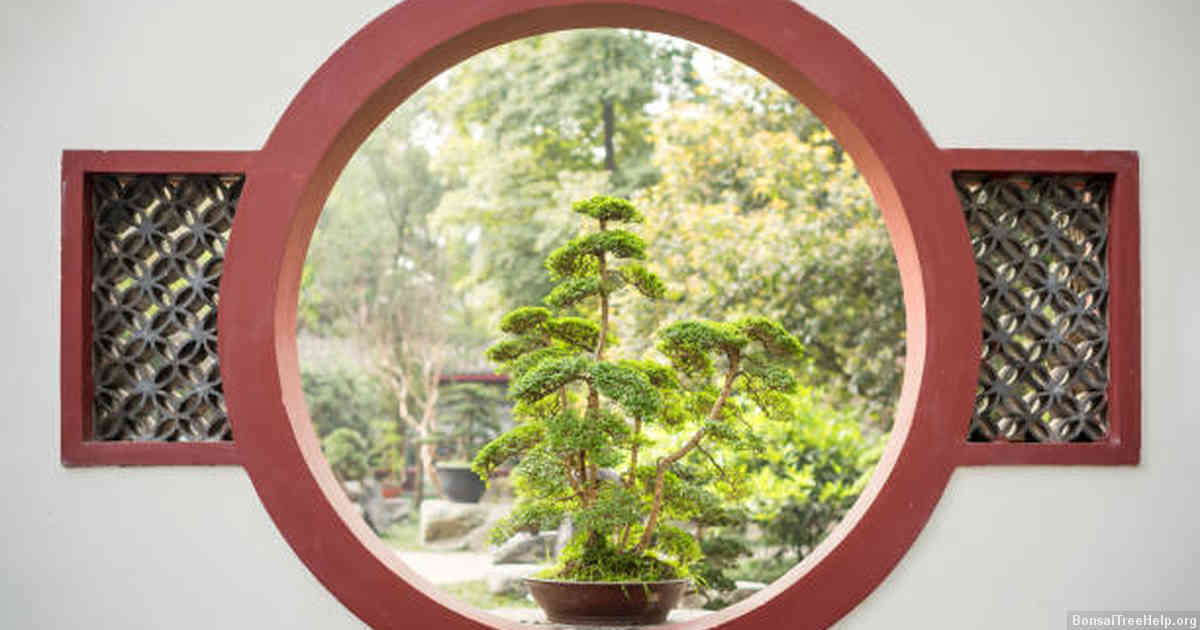
Pruning a jade bonsai tree is an essential part of maintaining its shape and structure. As with any other pruning, begin by assessing the overall structure of the tree in order to identify any sections that are overgrown or require thinning out. It is important to remove any dead branches as soon as they appear, and only trim away healthy growth when necessary.
Contents:
- Introduction to Jade Bonsai Tree Pruning Techniques
- Understanding the Growth Patterns of Jade Bonsai Trees
- The Importance of Timing in Jade Bonsai Tree Pruning
- Tools and Materials Needed for Pruning a Jade Bonsai Tree
- Proper Techniques for Shaping Your Jade Bonsai Tree
- How to Address Disease or Damaged Areas When Pruning a Jade Bonsai Tree
- Tips for Maintaining Healthy Growth After Pruning Your Jade Bonsai Tree
To start pruning your jade bonsai, first use sharp scissors or shears to trim off small excess branches. Make sure not to take off too much at once; it’s better to do several smaller trims rather than one large cut that might damage the plant. After this initial step, you can proceed with heavier duty tools such as secateurs for larger cuts if desired. When pruning, always be careful not to leave any stubs behind – instead make sure each cut is made close to a node so that the branch will heal faster and more effectively.
Since a jade bonsai’s distinctive form relies heavily on wire training techniques, inspect regularly for wires that need loosening or tightening in order for them to continue properly shaping your tree’s branches over time. This can also help maintain even distribution of foliage around the plant and create a balanced look throughout the year.
Introduction to Jade Bonsai Tree Pruning Techniques
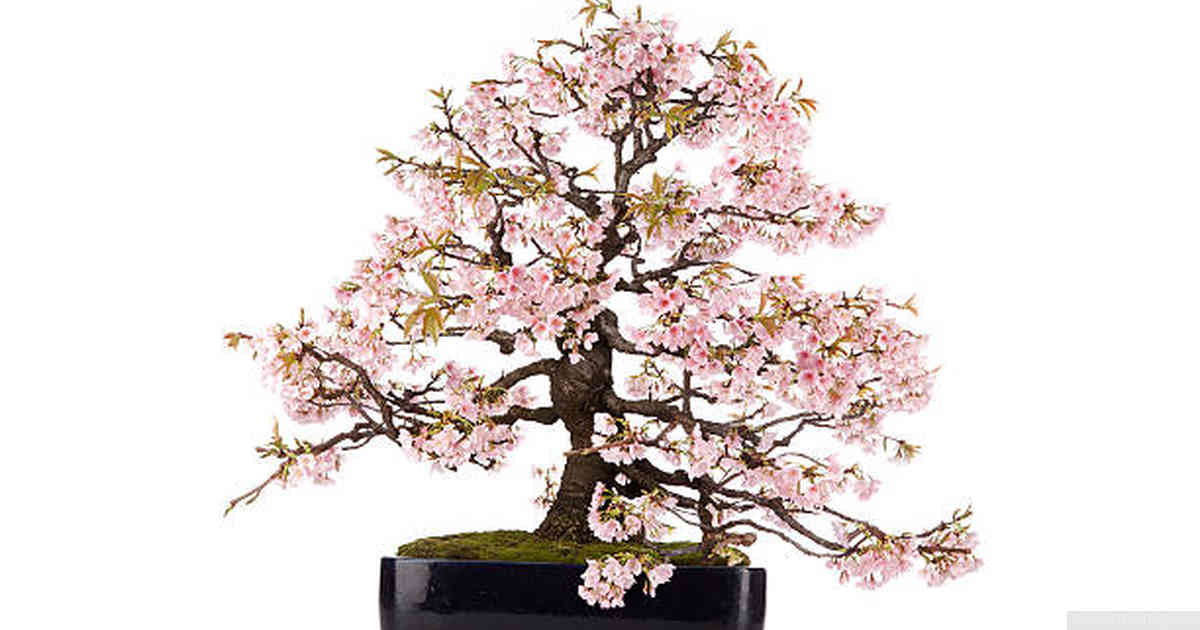
For those looking to start their journey in bonsai tree pruning, a jade bonsai is the perfect plant for learning. Jades are an ideal choice because of their high-tolerance for novice mistakes and easy ability to grow back from incorrect cuts. Before one can begin using these techniques, it’s important to understand the basics about jade plants and how they differ from other types of bonsais.
Jade is a drought-resistant species that needs less frequent watering than other varieties and is slow-growing, which helps prevent them from growing out of control too quickly. They prefer full sun or bright light but will tolerate partial shade as well. When it comes to pruning equipment like scissors or shears, there are no special tools needed – just sharp garden tools should do the trick.
Jade bonsais require careful pruning in order to maintain good growth and shape over time. While long shoots need regular trimming back into short internodes (shorter sections), branches that become too thick need more drastic removal with more severe cuts so that new shoots will appear in their place when it grows back again. It is also essential for maintenance that old wood be carefully thinned away on a periodic basis as newer growth occurs on top of it. With correct training and regular pruning, your jade bonsai tree should thrive.
Understanding the Growth Patterns of Jade Bonsai Trees
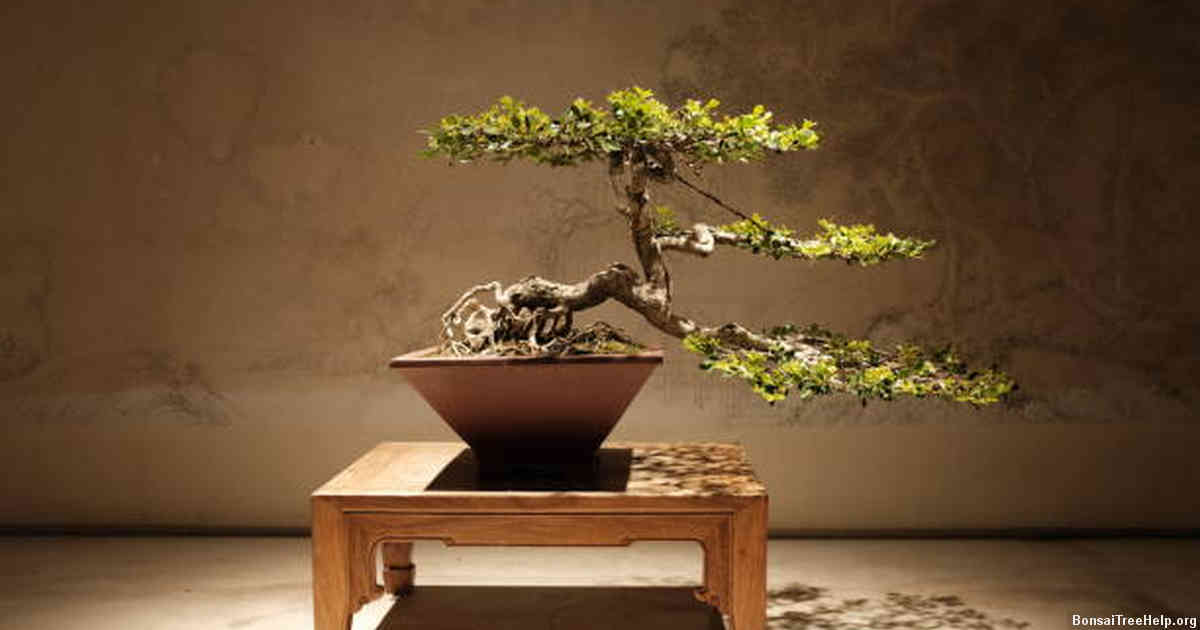
To ensure successful pruning of a jade bonsai tree, it is essential to have an understanding of its growth habits. Jade bonsai trees grow best in temperate climates, with full sun and well-draining soil. When cared for correctly, the plant will produce small foliage along the branches and trunk. The texture of the leaves varies from soft to leathery depending on the species.
The plant also produces aerial roots which hang down from some parts of the trunk. These are necessary for providing nutrients to the entire tree and should never be trimmed away during pruning as they cannot regenerate after being removed. If desired, however, aerial roots can be wound around other parts of the structure or repositioned so that they don’t interfere with the aesthetic shape of the bonsai tree when viewed from certain angles.
In addition to caring for existing foliage, new shoots are encouraged through regular light pinching using your fingers or tweezers. Lightly pinch off new buds at their base instead of cutting them completely off; this encourages thickening and fuller coverage throughout all parts of your jade bonsai tree while helping maintain its desired size and proportions over time. With knowledge about how a jade bonsai grows and what kinds of trimming practices work best for this unique plant type, you can confidently create beautiful art out of one special living work.
The Importance of Timing in Jade Bonsai Tree Pruning

The process of pruning a jade bonsai tree should not be taken lightly, as timing is an essential factor to consider. It’s important to prune the tree during its rest period from late autumn to mid-winter in order for it to be most effective. During this time, the jade bonsai will require less nutrients due to reduced growth and flowering. This lower nutrient need allows for easier healing of wounds created through pruning, promoting strong regrowth and keeping the jade healthy.
Though summertime may offer increased opportunities for more frequent and vigorous trimming of branches, it should not come at the expense of good timing; rather than risk damage to your jade, wait until winter when growth rates are slower and nutrient requirements are diminished. Pruning away green foliage can leave your jade malnourished if done too often or too enthusiastically. Later season hardening off makes it easier for woody tissue to resist infection and pest infestation after being cut or trimmed back severely – something that would be much harder during warmer months.
Unlike other types of bonsais such as evergreen conifers, pruning can stress out a Jade Bonsai during early spring since this is their active growing season and cells don’t heal so quickly; hence why waiting till winter when plants go dormant helps ensure better results. As such there’s no substitute for paying attention to what stage your plant is in before making any radical cuts that could cause harm instead of helping cultivate a beautiful final product.
Tools and Materials Needed for Pruning a Jade Bonsai Tree
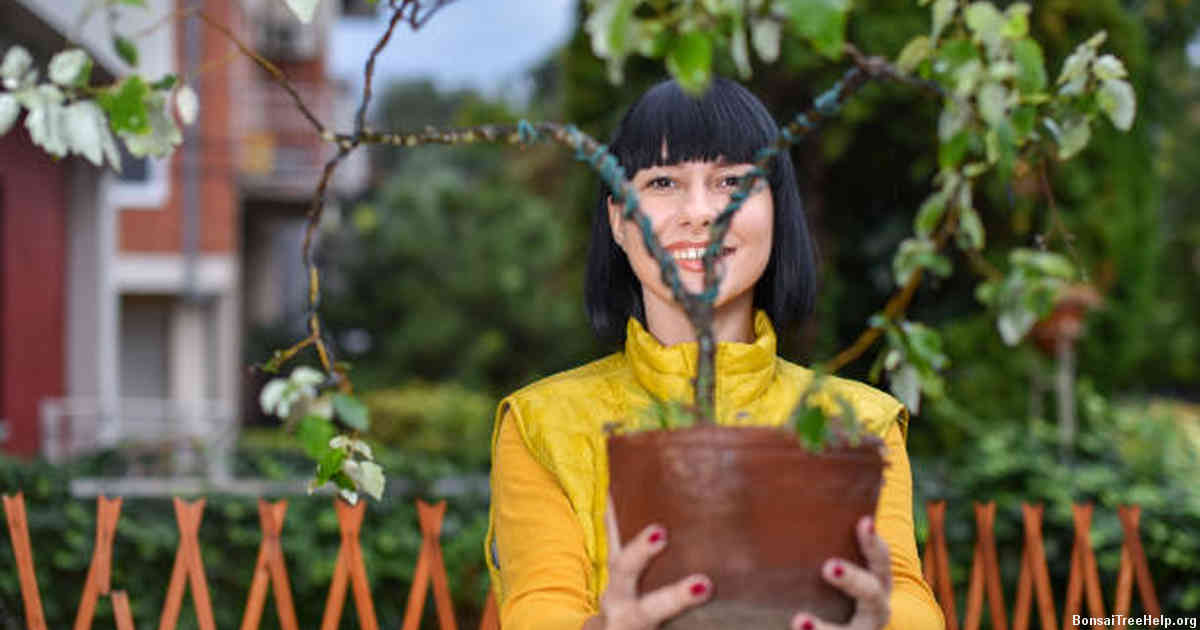
Every bonsai enthusiast knows that the most important aspect of caring for a jade bonsai tree is pruning. Proper pruning helps maintain a jade bonsai tree’s desired shape, encourages new growth and overall health, and eliminates dead or unwanted branches. In order to achieve successful pruning results, it is necessary to have the right tools and materials on hand.
One of the most essential tools needed for pruning your jade bonsai tree is a pair of sharp shears or scissors. The type of shear you will need depends largely on your individual needs as well as the size and branch thickness of your bonsai tree. For larger branches, you may wish to use heavier duty bypass-style shears with razor sharp blades. For finer work such as twigging out shoots or removing small leaves, smaller scissors designed specifically for trimming would be suitable. It is also good practice to disinfect these tools between uses in order to avoid transferring diseases from one plant to another.
Besides the proper cutting instruments, other materials should also be present when tending a jade bonsai tree such as organic fertilizers tailored specifically towards this species. Organic fertilizer provides key nutrients that help promote healthy root systems, vigorous growth and vibrant foliage which are all contributing factors towards creating an aesthetically pleasing look for this particular type of miniaturized shrubbery. If there are any pest infestations affecting your plants health then it’s also recommended to have some insecticidal spray handy in case they re-emerge while tending the garden bed outdoors over time or during future growing season cycles throughout its lifespan with continuing care and maintenance.
Proper Techniques for Shaping Your Jade Bonsai Tree

Proper pruning and shaping is key when caring for a jade bonsai tree. Cutting back your bonsai can be daunting, but with the right approach it should be achievable without damaging the health of your tree. To begin with, assess how much foliage you want to retain; as an evergreen, new shoots will emerge from wood that was dormant in the previous season. This gives a wider range of available shapes compared to other species – but only if you know what technique to use.
The most important step is deciding exactly where and how much foliage should be removed. Use sharp shears or scissors to identify branches which are too long or spreading in ways that detract from your desired overall shape. Trim back these shoots to a length that looks more aesthetic while also taking into account their structure: any branch that appears thick and sturdy may have fewer leaves removed than those that appear thin and delicate, as they are less likely to break under their own weight once trimmed down further. Be sure not to reduce foliage by more than one-third at any given time – leaving some leeway allows the plant enough resources so it can still thrive while avoiding major injuries like bark tears or scarring caused by excessive trimming.
Once satisfied with what has been cut away, take a moment before heading indoors (or out of direct sunlight) to check again whether all areas have been properly attended too and no further work needs done on them this season; many detailed shapes require several years of care for them become visible on the finished product due to growth being slow in rate on smaller plants such as bonsais. With diligence and patience however, even small specimens can be transformed into beautiful works of art over time – just remember not to rush your progress.
How to Address Disease or Damaged Areas When Pruning a Jade Bonsai Tree
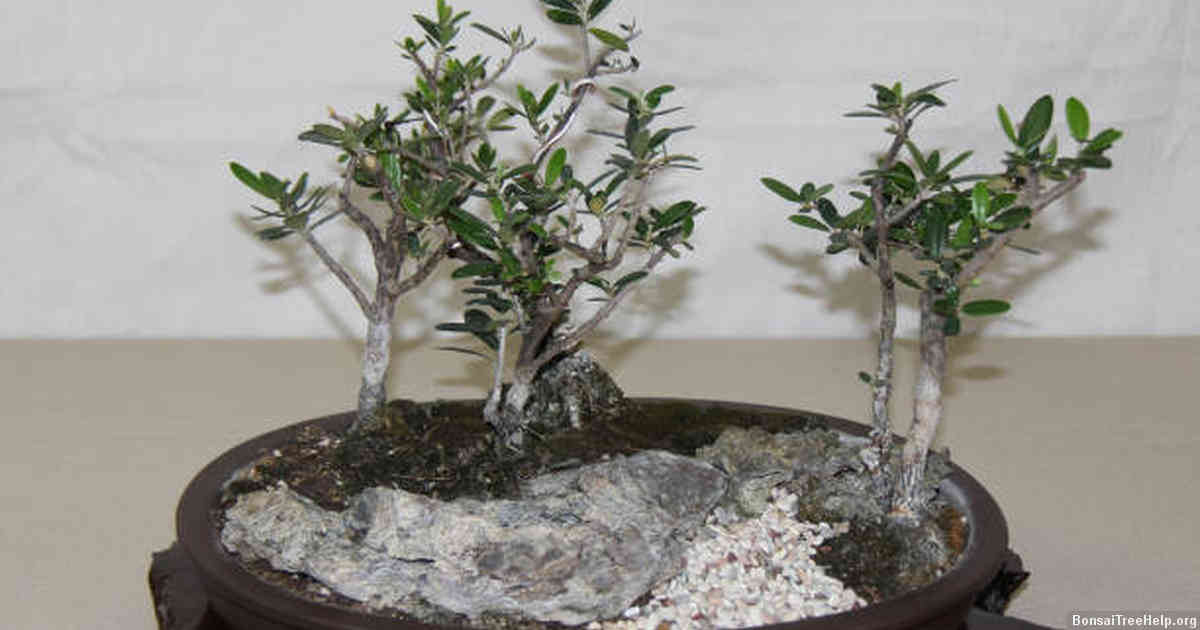
When it comes to caring for a jade bonsai tree, one of the most important tasks is pruning. Pruning helps give the bonsai its desired shape, encourages new growth and maintains overall health. It’s important to note that when you are pruning a jade bonsai, you will come across areas that have been damaged or are diseased in some way. There are certain steps you should take if your tree has either of these problems as they can quickly spread and cause serious damage.
The first step to addressing any disease or damaged area on your jade bonsai is to identify what type of damage it is. If the problem persists after taking action such as removing dead leaves, reducing overcrowding in foliage or adjusting watering habits then it’s time to move on to more extreme measures like pruning off affected parts of the tree. When deciding how much needs to be removed, start by removing only what you need too in order to make sure that the tree stays healthy and balanced. Be sure not cut too much off so you don’t cause additional stress on already weakened branches.
Infected or dying parts must be dealt with immediately if they present a danger of spreading throughout other parts of the plant. The best way to do this is by cutting out any dead wood or remove stems that contain spots which could indicate disease and dispose them away from your garden where they won’t contaminate healthy plants nearby. After doing this, treat the remaining healthy parts with an anti-fungal solution according oil manufacturer’s directions for best results. Doing these things will help prevent further issues from arising and keep your jade bonsai looking great for years.
Tips for Maintaining Healthy Growth After Pruning Your Jade Bonsai Tree

To ensure a healthy and vibrant bonsai, it is important to maintain your jade tree after pruning. Here are some tips that can help you keep your bonsai in the best condition possible:
It is important to assess the health of your jade tree right away following any pruning session. Check for any signs of distress such as yellowing leaves or drooping branches and make sure they are addressed promptly. If necessary, remove affected branches with sterilized shears and discard them immediately. Monitor all damaged areas over time to ensure that new growth begins before too much time passes.
Adequate watering is essential for maintaining healthy growth post-pruning. Check soil moisture regularly; use a hygrometer if needed. Ensure water drains from the base container after each irrigation session so that the roots do not become overly saturated or drown out from standing water which would stunt their development. Use rainwater when available for added nourishment – this liquid contains trace elements beneficial for overall plant health that are lacking in municipal tap water sources.
Fertilize every 6-8 weeks using a balanced solution appropriate for bonsai plants; aim between 15-20 ppm nitrogen concentration with supporting microelements as recommended by an expert in your area’s climate zone specificities when setting up fertilization schedules. This will provide sufficient nourishment while minimizing leaching into nearby waterways through runoff caused by heavy precipitation or overwatering routines leading to root burn.
Leave a Reply